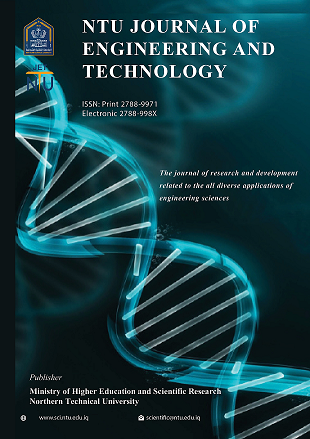The Evaluating and Prediction Kirkuk's Governorate Urban Growth
DOI:
https://doi.org/10.56286/r8rqq019Keywords:
Urban Growth,, Landsat,, GIS,, Kirkuk,, CA-MarkovAbstract
Cities around the world are constantly expanding, leading to significant challenges for governments. This growth puts pressure on resources, negatively affects the environment, and affects the quality of life of residents. To monitor and forecast urban growth in Kirkuk, multispectral Landsat images from the years 2000, 2010, and 2020 were used. A supervised maximum likelihood algorithm was applied to classify these images into urban and non-urban areas, achieving accuracy rates ranging from 93.37% to 96.66% between 2000 and 2020. This analysis revealed that the city expanded from 59.49 km2 to 193.25 km2 from 2000 to 2020. This growth is attributed to various factors, including population increase, political transformations, and economic development, which has led to the urban area of Kirkuk Governorate increasing while the non-urban area has diminished. In addition, this study includes projections of future urban expansion in 2030 using the CA Markov model. The simulated map indicates a continued increase in the urban area to 353.43 km2 by 2030, with a corresponding decrease in the non-urban area of 9,391.66 km2. These findings provide valuable insights into urban growth dynamics and can serve as an essential resource for future research on social, economic, and environmental transformations in the region.
Published
Issue
Section
License
Copyright (c) 2024 NTU Journal of Engineering and Technology

This work is licensed under a Creative Commons Attribution 4.0 International License.







